Cost + Convenience: More teachers choose open source textbooks
More courses within the science and math departments are now using the free online textbook Openstax to decrease textbook costs for students.
October 18, 2022
Update: An edit to this story was made on Oct. 28 to clarify that Openstax only offers history textbooks about U.S. history and economics, so the history department is pursuing other ways to lower costs for students.
Junior Hannah Dinner added to her cart on the MBS website the newest edition of a $110 online history book, just one of the expensive textbooks that she had to purchase for the new school year. But for her AT Physics 1 class, Hannah avoided this expense because her teacher decided to use an Openstax textbook.
Openstax, a free, open source and peer-reviewed online textbook site supported by Rice University, has been newly implemented for courses in the math and science departments such as AP Statistics, AT Chemistry and AT Physics 1. These textbooks are a way teachers have helped cut down textbook costs for students.
So far, students have been finding these textbooks to be effective.
At first, Hannah was surprised not to have to buy a textbook for physics. Using it for studying, she’s found that she appreciates how accessible and clear the content is.
Teachers are also pleased with the textbooks and their content. AP Statistics teacher Julia Maguire has found that they fit her need for her course, which follows a structured curriculum determined by the College Board. In discovering Openstax, she was pleased to find a resource that is easy to navigate and caters to different learning styles by offering a note-taking and highlighting function.
If there’s anything I can do to make the course accessible for everyone, whether that’s cost or anything else, I can do that.
— Julia Maguire, AP Statistics teacher
“I had to find a book that had all the topics, I felt was readable, easily accessible to students, easy to interact with,” she said. “So for me, it was a win-win.”
Ms. Maguire believes all students should have equal opportunity to access materials and resources and that the challenge of obtaining them should not dictate a student’s ability to thrive in a course.
“If there’s anything I can do to make the course accessible for everyone, whether that’s cost or anything else, I can do that,” she said.
AT Chemistry teacher Zachary Hund also supported this switch within the science department to simplify the process for students.
“Switching to Openstax for chemistry allowed me to guarantee that students weren’t paying for a textbook. They would have it every single day,” he said.
There have been discussions to use Openstax in other departments, and other courses within departments that are currently using them.
Dr. Hund, science department chair, said that use of these textbooks for a wider range of science courses has been an ongoing conversation.
In areas such as history, where Openstax only offers textbooks on U.S. history and economics, this concept is less feasible.
In an email to the Midway, Christy Gerst, history department chair, explained that Openstax does not maintain books for the majority of classes in the department.
She wrote, “A one-size-fits-all approach does not appear on the immediate horizon.”



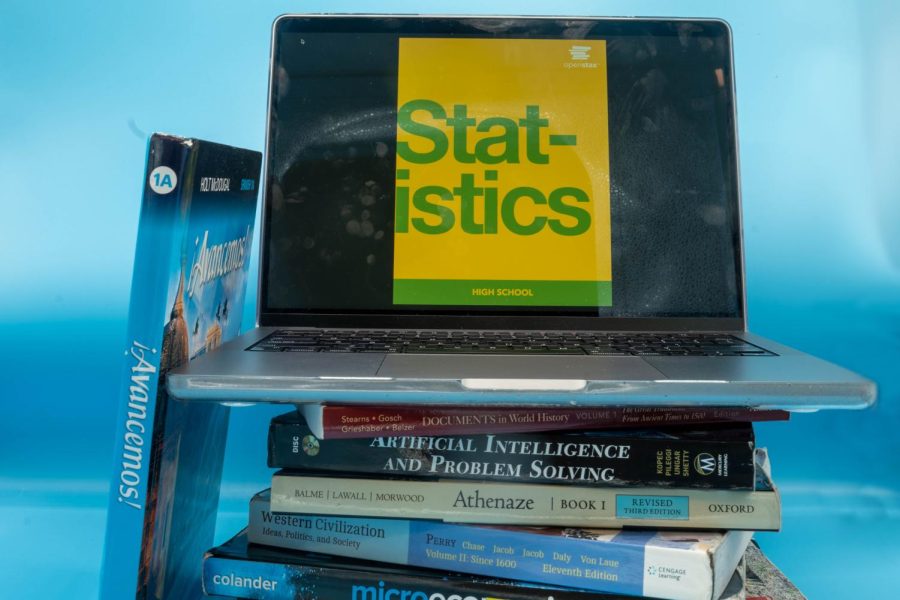





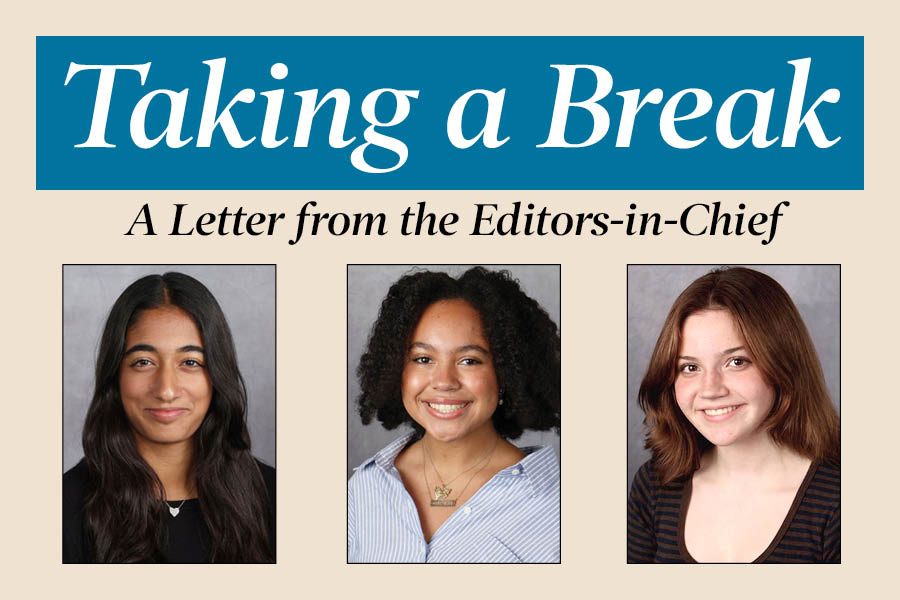
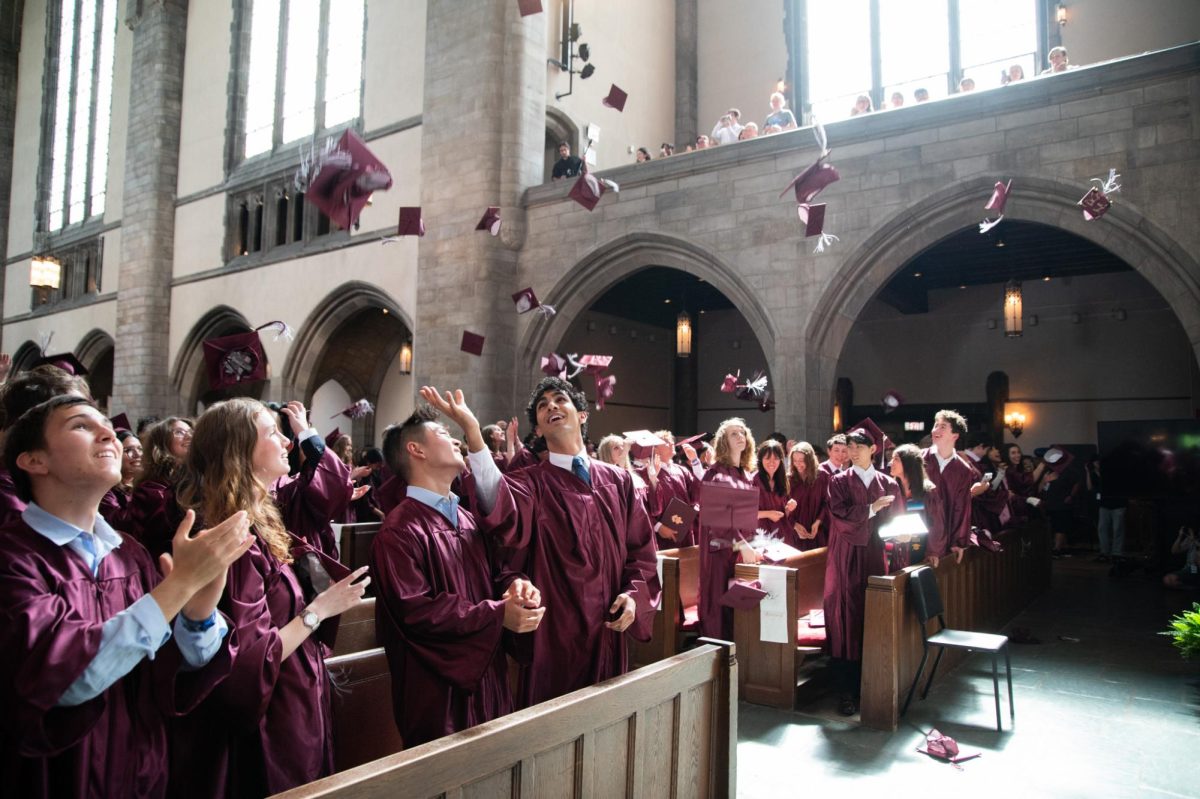
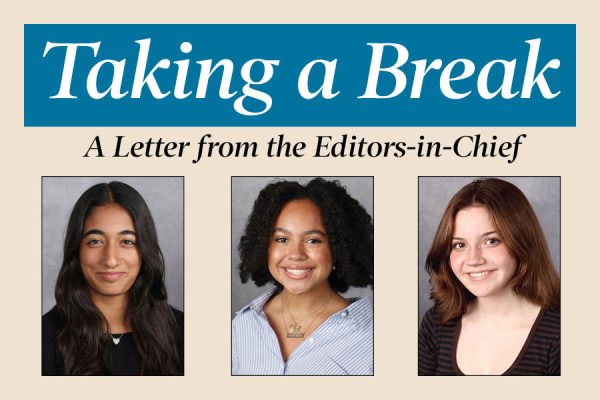
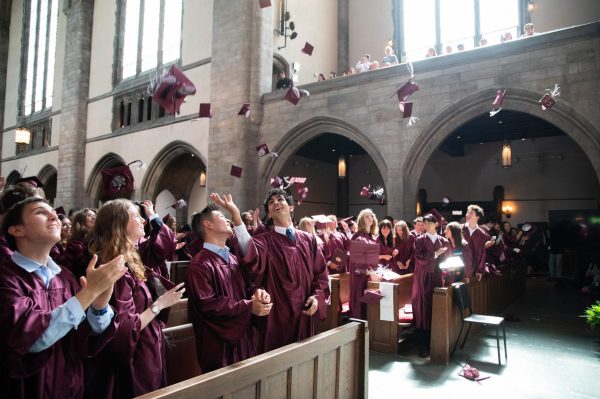

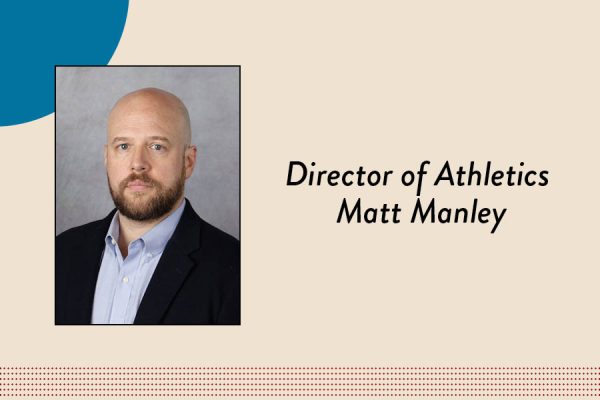

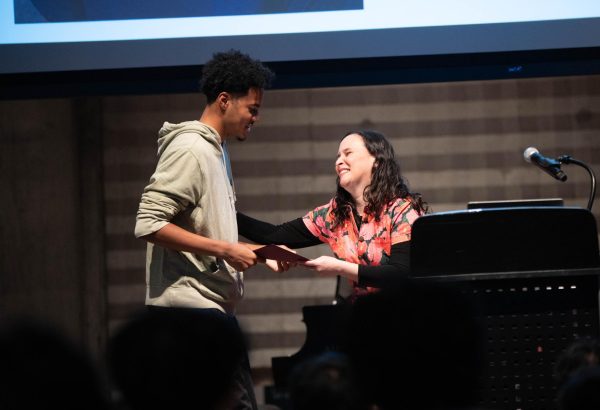
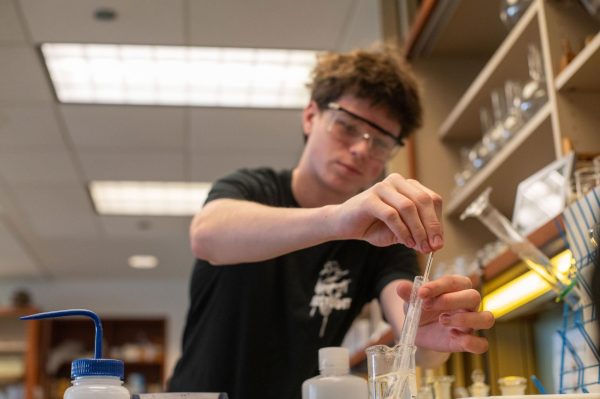
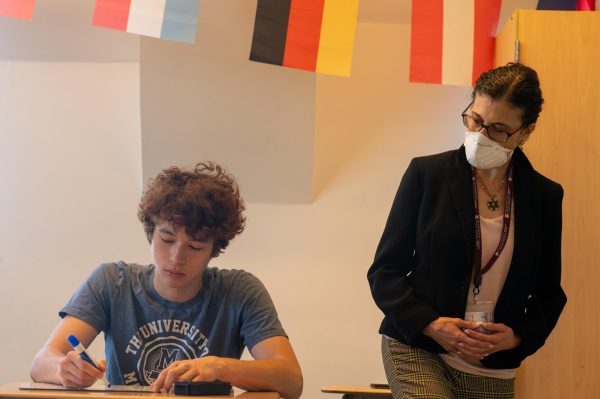
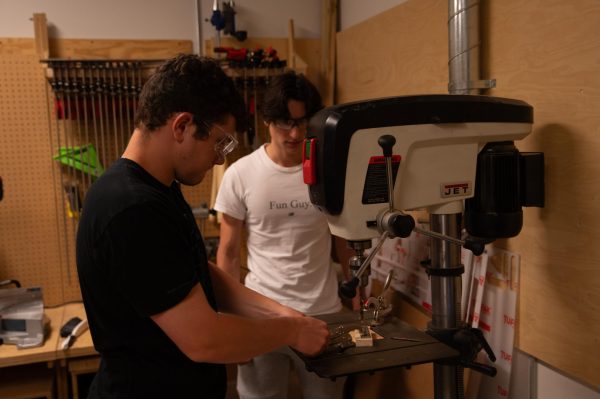
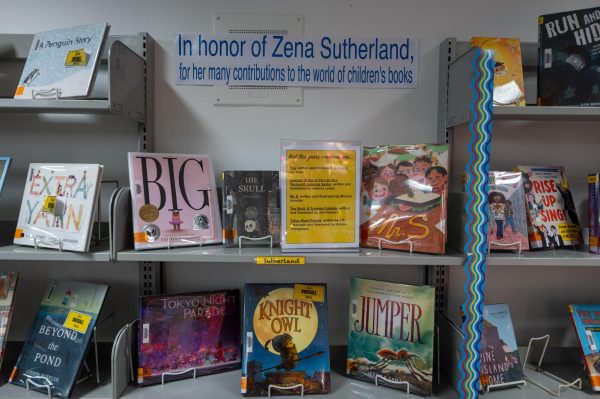
Sunny Neater • Oct 19, 2022 at 10:43 am
I’ve always wondered why we don’t reuse textbooks from year to year until they become outdated… why not have a class set that students check out for the year?